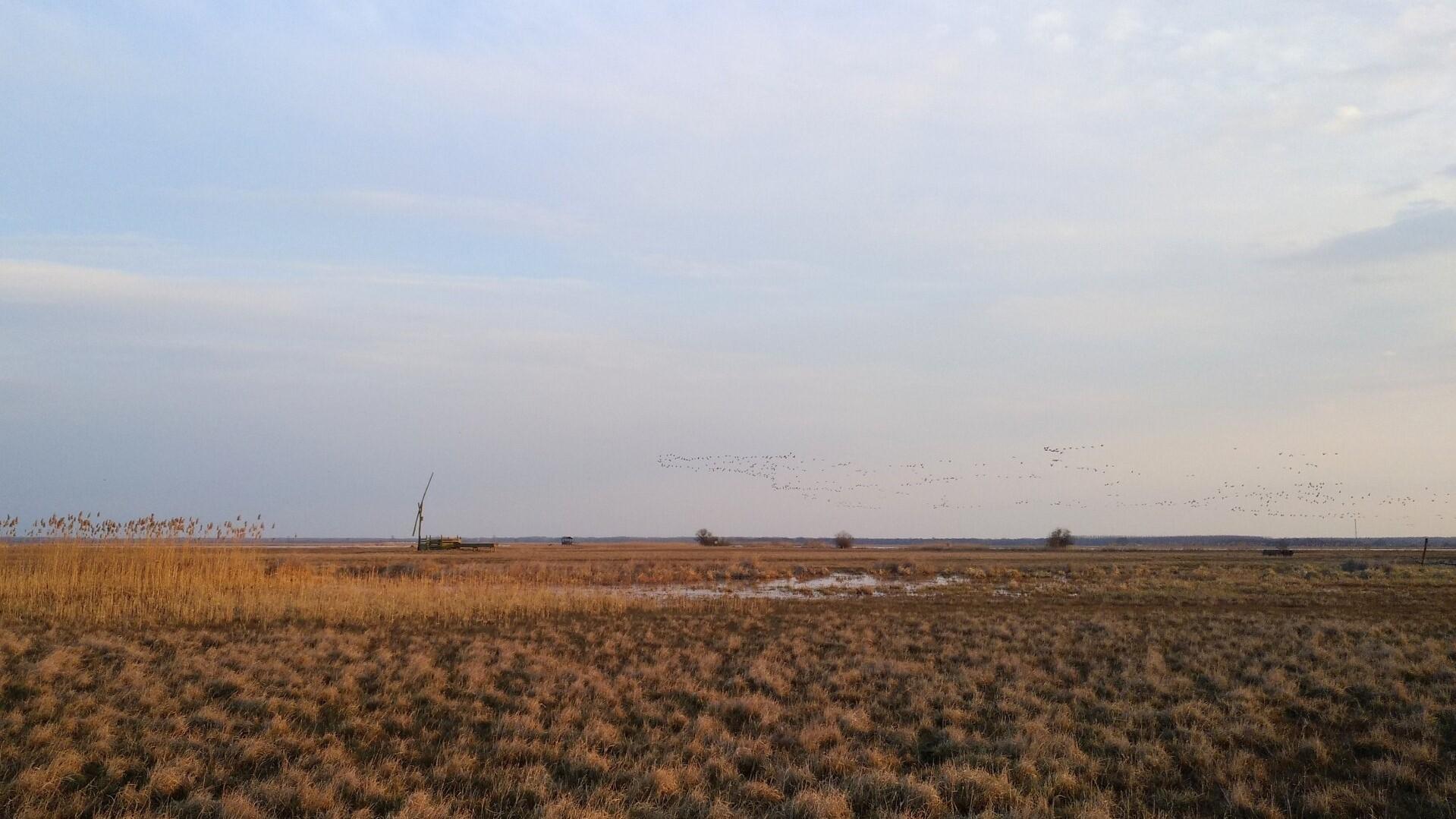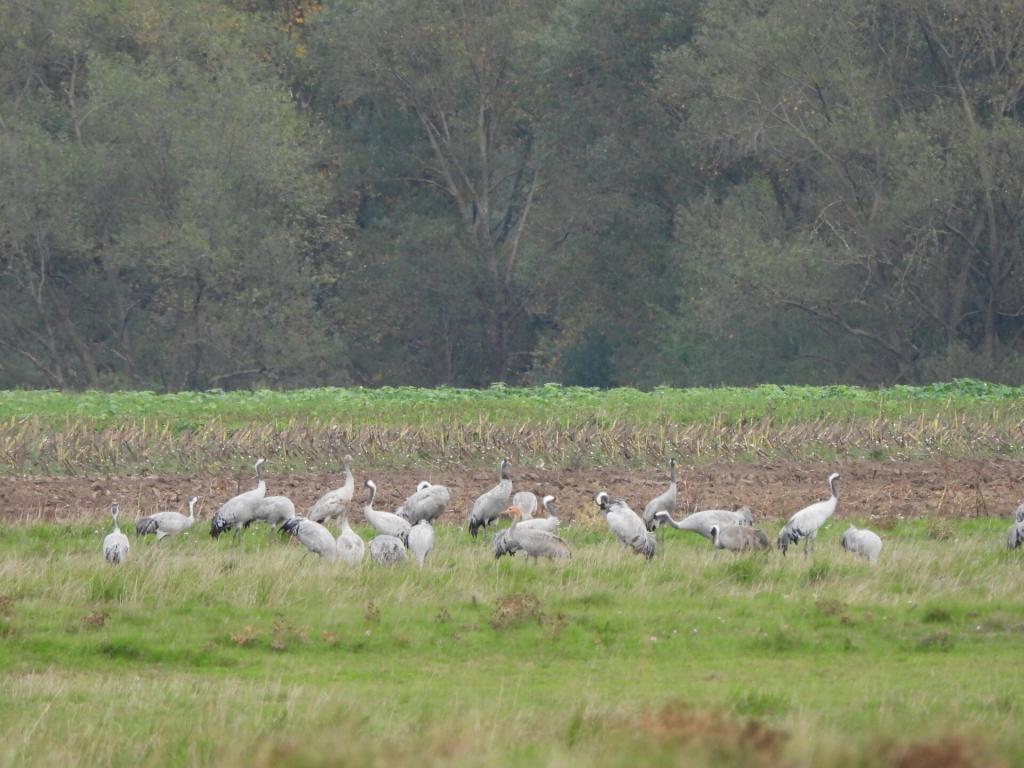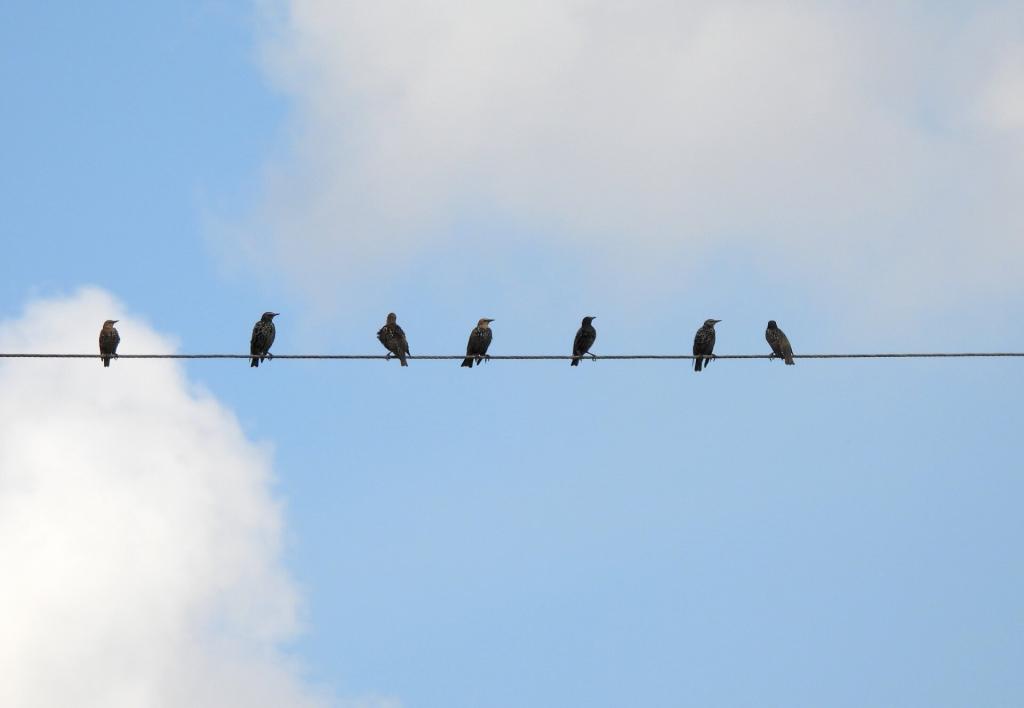"Summer is over, cool winds are blowing..."

A flock of birds retreating for their roosting place in the Borsodi-Mezőség. Photo by Renáta Gál
Although summer has barely passed, one of the most spectacular events in the world of wildlife, the autumn bird migration, is already well underway. There are species that have already set off during August, but there are also those that are just getting ready for the long journey to their wintering grounds.
Autumn migration is much slower and quieter than spring migration. Birds are no longer driven by the nesting instinct, so they can spend weeks at a suitable roost. The number of migrants is much higher in autumn than in spring, when not only breeding pairs but also the youngsters from the breeding season join them on their first long migration of their lives. In the autumn, while some species gather slowly in flocks of several thousand, others may not even set off if the winter is mild.
For birds to be able to cover these vast distances, they need careful preparation. The migration is always demanding and requires a huge energy investment, so they need to build up a significant fat reserve before departure. They try to build up this fat reserve before the long journey and at the stops in between.


Today, birdwatchers can track the migration routes of birds using bird ringing and transmitter data, but this was not always the case! That is why, in the past, the disappearance of birds from time to time led to interesting beliefs about the wanderers of the skies. Storks, for example, were believed to migrate to the Moon in winter, and swallows were thought to winter in the marshes. Some birds were also believed to transform for the winter, with the cuckoo becoming a sparrowhawk and the black redstart a european robin. This was probably because the former were more likely to be seen around people in summer and the latter in winter.
The best way for experts to monitor population changes of smaller, solitary or even cryptic migratory species is to carry out surveys or ringing during the nesting season. For larger birds migrating in groups, however, they try to find out by synchronous counting. On the same day, birdwatchers count birds on their way to and from roosting sites in many parts of the country. Among the species counted are birds of conservation importance in Hungary, such as the crane (Grus grus), the red-footed falcon (Falco vespertinus) and many waterfowl, including geese.
Synchronous counts have already begun at red-footed falcon roosting sites, for the cranes begin in mid-September and continue until the large flocks leave the Borsodi Mezőség. Until then, every week on the day of the synchronous counts, rangers and volunteers will visit these roost sites and monitor the population trends.
But don't worry, we won't be without birds for the winter months either, with winter visitors such as the rough-legged hawk (Buteo lagopus) and the hen harrier (Circus cyaneus) arriving from October to replace the other migrants.
Source: Bükk National Park Directorate
Photos by Renáta Gál